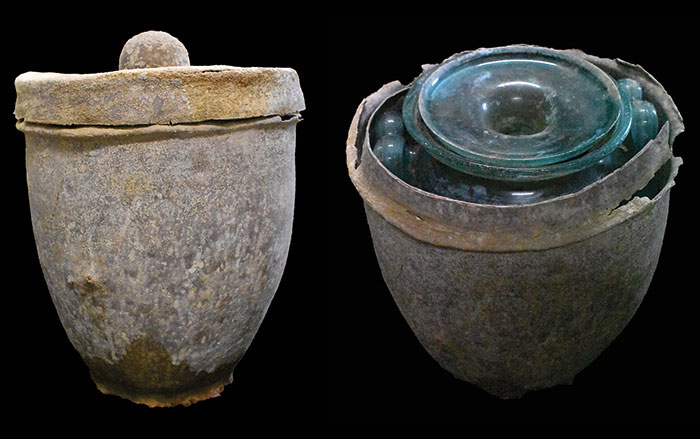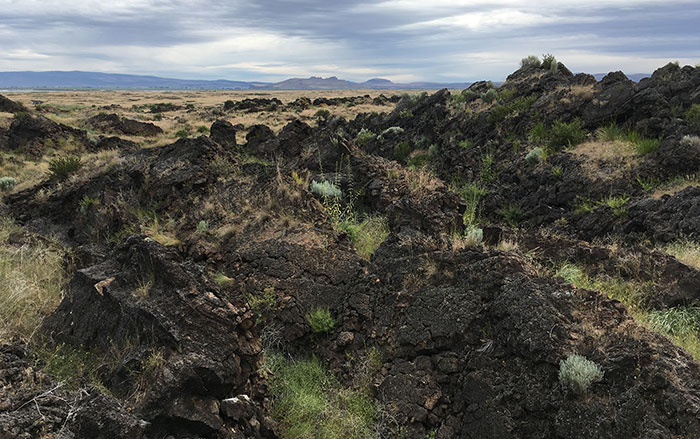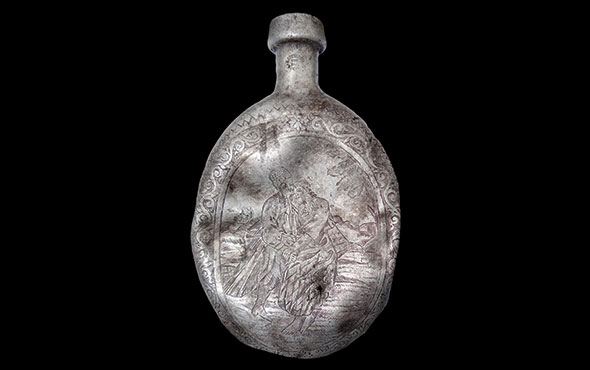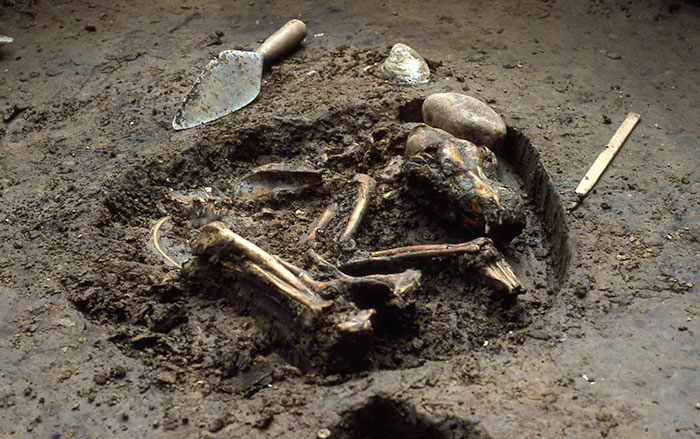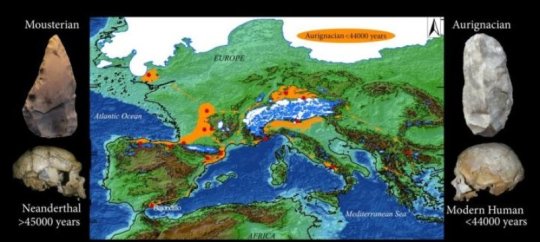
SEVILLE, SPAIN—According to a New Scientist report, Francisco Jiménez-Espejo of the Japan Agency for Marine-Earth Science and Technology and his colleagues reanalyzed stone tools discovered in southern Spain’s Bajondilla Cave, and claim there is a clear transition between the tools made by Neanderthals and those made by modern humans. New radiocarbon dates from the cave indicate that the change occurred about 43,000 years ago, or at about the same time Neanderthals died out in the rest of Europe. It had been previously suggested that Neanderthals survived in southern Spain for 8,000 to 10,000 years after they disappeared from the rest of the continent because evidence for the arrival of modern humans on the Iberian Peninsula before about 35,000 years ago had been lacking. For more on Neanderthals in Spain, go to “Neanderthal Medicine Chest.”



